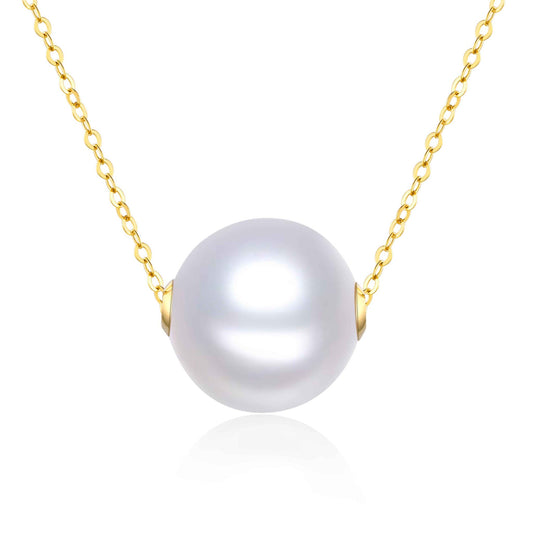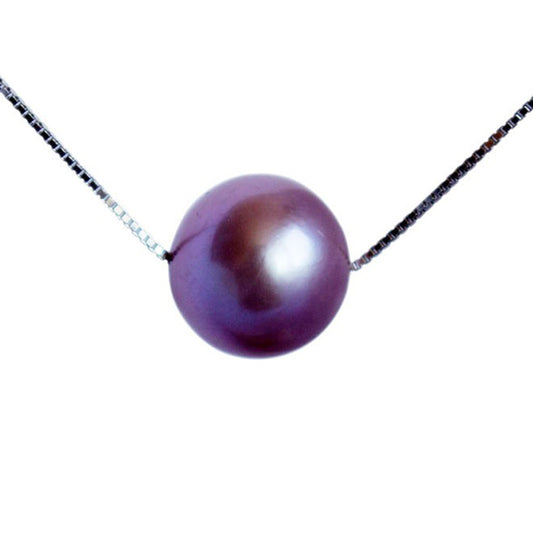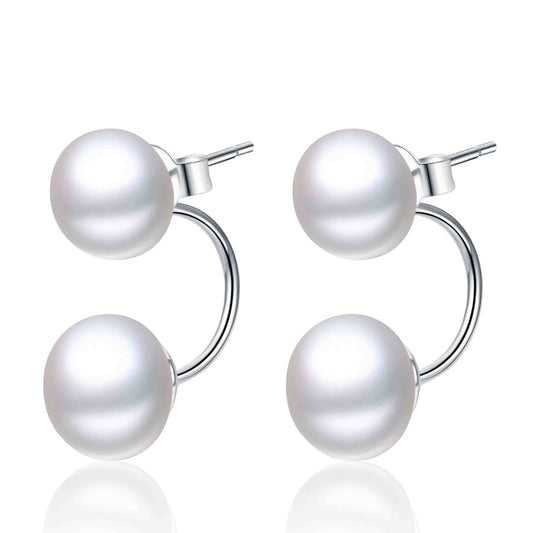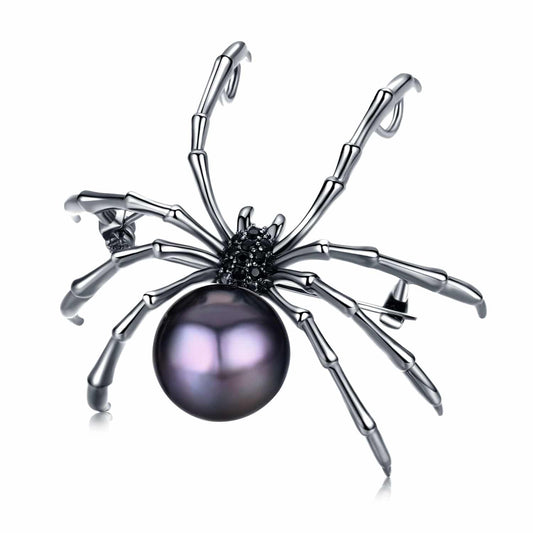On the 4th of July we celebrate the birth of America’s independence. What better time to focus our attention on our great nation? Here at Timeless Pearl, we’re no exception. We’d like to bring you stories about pearls and pearl jewelry in the American history which you may not know about.
Native Americans and Pearls
The Native Americans were the first to discover freshwater pearls in America. They found the gems inside the unionid mussels in the Mississippi River, as well as the American mother of pearl in the South Atlantic Coast. The Native Americans took pride in their pearl harvesting techniques and pearls became a symbol of beauty, both for men and women. Pearls were also a trading commodity, as the colonial settlers found out.
Pearls were used during ceremonial celebrations to pay tribute to great warriors. According to legend, Powhatan, Pocahontas’ father, had an extensive collection of pearls given to him for his courageous acts during battle.
When the colonial settlers found that there was an abundance of pearls, they started to export the gems in masses to Europe, and America soon became one of the primary sources of freshwater pearls in the world.
Pearls and Mussels of Mississippi
The 1800’s saw a pearl rush in the Upper Mississippi River region, unlike anything seen before. Freshwater pearls were abundant in native mussels, and during the rush, millions of mussels were killed.
In 1889, the German button maker, Johann Böpple, started making buttons from mussel shells. This increased mussel harvesting rush even further. By 1899, there were around sixty button factories in the Mississippi River Valley with thousands of workers. Over 21,000 tons of shells were harvested that year. In 1922, the freshwater mussel fishing was one of the biggest and most profitable inland fisheries in America. But the industry started to decline rapidly in 1930, again due to overexploitation, and in some places the mussel beds were literally wiped out. Natural pearls are rarely found in the US anymore.
Father of US Pearl Culturing
With natural pearls harvested to extinction and the recent birth of pearl culturing, new doors opened for the pearl industry. John Latendresse pioneered the culturing industry in America, and was fittingly given the title of the “Father of US pearl culturing”.
In the early days, the quality of cultured pearls was still substandard. Latendresse spent over 30 years experimenting with pearl farming and invested more time, money, and energy into pearl farming than any American before or after him did. He opened America’s first pearl farm in 1963 in the Tennessee region, and in the late 70’s after he perfected his cultivating process, he opened another four pearl farms. Due to his success, the pearl became the “State gem” of Tennessee.
La Peregrina: the Wandering Pearl
La Peregrina only spent a brief time in America, but its history is nonetheless quite memorable, which is why we decided to share it with you. La Peregrina is the Spanish word for “Pilgrim” or “Wanderer”.
The story began more than 500 years ago. The size of a quail egg, the spectacular pearl was originally found by an African slave on the coast of the isle of Santa Margarita in the Gulf of Panama during the mid-16th century. Back then, the Spanish trained their slaves to dive for pearls while holding their breath. The slave who found La Peregrina traded his freedom for the pearl.
As Panama was a Spanish colony at the time, La Peregrina soon became part of the Spanish crown jewels under the rule of King Ferdinand (1479 – 1516). During his rule, King Philip II sent the pearl to Mary I of England (also called Mary Tudor and Bloody Mary). After her death, the pearl was returned to Spain where it remained part of crown jewels for 250 years. The last Spanish queen to wear the pearl was Mariana of Austria. When she died in 1644, the documents regarding the pearl got lost and so did the pearl. It reappeared again in 1813.
After Napoleon Bonaparte invaded Spain in 1808, he placed Joseph Bonaparte on the throne. When Joseph later had to flee for his life, he took some of the jewelry with, including La Peregrina. Joseph immigrated to America and then passed the pearl on to his nephew, Charles. Before Charles died in 1873, he sold it to the Brit, Lord James Hamilton, the Marques of Abercorn. The pearl stayed in the Abercorn family for over 100 years.
In 1969, La Peregrina was put on auction and was purchased by Richard Burton for his wife, Elizabeth Taylor, for $37,000. They had the necklace redesigned by Cartier as the former setting was starting to fall apart. Elizabeth wore La Peregrina in two of her films, one with the old setting, and the other with the new design. After her death in 2011, the necklace was sold to a private buyer from Asia at an auction for a whopping $11.8 million, way above the asking price.
What Other Interesting Pearl Facts Do You Know About?
We’d like to know if you have any other interesting American pearl stories to tell. Share with us in the comments box below or email your pearl story to us.
Happy Independence Day!




